- Stylish design
- Great warranty
- Interior design and quality
- Expensive service pricing
- No wireless smartphone mirroring
- Very thirsty V6 engine
The current automotive market is very different than it was 15 years ago. Back then, large sedans like the Holden Commodore and Ford Falcon reigned supreme but now with a lack of large sedans on the market, SUVs have shot to sales success. Kia has had its Sorento large SUV in its lineup for 18 years now and now in its fourth generation, Kia has upped its game. With new styling and an all-new interior, the new Sorento promises to be the best SUV on the market. We have previously tested the Sorento GT-Line diesel, so this time we took a steer of the 2021 Kia Sorento GT-Line fitted with the V6 petrol engine to see what’s what.
The seven-seat SUV segment has a plethora of offerings with the Kia Sorento being just the top of the iceberg. There is the Mazda CX-9, Hyundai Santa Fe, Toyota Kluger, Skoda Kodiaq, Volkswagen Tiguan Allspace and Nissan Pathfinder. All of these are strong contenders and offer seven-seats and relative luxury to buyers.
Price & Specs: 9/10
The range kicks off with the entry level 2021 Kia Sorento S which starts off at $49,290 drive away for the petrol V6 and $53,390 drive away for the turbo-diesel engine. The diesel engine adds $4,100 to the price of each Sorento model. We tested the top spec GT-Line variant of the Sorento, which is priced at $64,290 drive away for the petrol and $67,290 drive away for the diesel.
The Mazda CX-9 Azami starts off at $66,190 plus on-road costs ($68,990 drive away) which is already $1,900 more than the Sorento before taking into consideration the on road costs added to the Mazda. The Toyota Kluger Grande with the V6 is $68,864 plus on roads (roughly $75,800 drive away), which is $4,574 more than the Sorento and the Hyundai Santa Fe Highlander is $61,700 plus on-road costs (roughly $66,900 drive away), which is pretty close to the price of the Sorento.
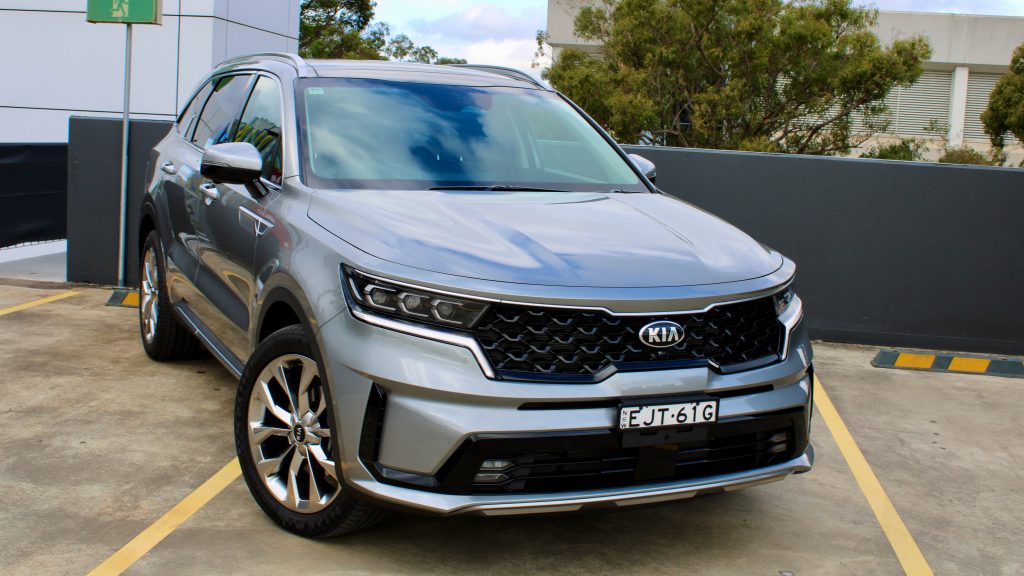
Being the top-spec variant, the 2021 Kia Sorento GT-Line comes with every possible feature offered on the Sorento range. These features include 20-inch alloy wheels with a full size spare wheel, a 10.25-inch touchscreen, wired Apple CarPlay and Android Auto, satellite navigation with live traffic alerts, digital radio, a 12.3-inch digital driver’s display, a 12-speaker Bose sound system, keyless entry and push button start, remote vehicle movement (forward and reverse) with remote start, an electric power tailgate with kick-to-open functionality, all-LED exterior lighting, auto lights and rain-sensing wipers, Nappa leather upholstery, electrically adjustable heated and cooled front seats with driver’s memory, a heated steering wheel, heated second row seating, dual-zone climate control, a panoramic sunroof, LED ambient lighting, a wireless charger and a total of eight USB ports spread around the cabin.
In terms of safety kit, there is autonomous emergency braking (AEB) with cyclist, pedestrian and junction assist detection, auto high beam, adaptive cruise control, lane departure warning, lane keep assist, forward collision alert, blind spot monitoring with blind spot cameras, rear cross-traffic alert, rear AEB, driver attention detection, front and rear parking sensors with a 360-degree surround view camera and eight airbags.
As we said there really isn’t anything that the Sorento GT-Line lacks as far as equipment is concerned. There is the lack of tri-zone climate control, Matrix headlights, third row curtain airbags and wireless smartphone mirroring but that really it is. Unlike some other cars in the segment the Sorento GT-Line comes extremely very well equipped.
The closest rivals to the 2021 Kia Sorento GT-Line are the new Toyota Kluger Grande, Mazda CX-9 Azami and the Hyundai Santa Fe Highlander. It is worth noting that the Sorento has more features than all of these cars but there is the odd feature that has been left off the Kia. For example the CX-9 Azami has cornering headlights and speed sign recognition over the Kia, while the Kluger Grande only has speed sign recognition over the Kia. The Santa Fe and Sorento are pretty well matched for spec – not surprising when they’re mechanically identical.
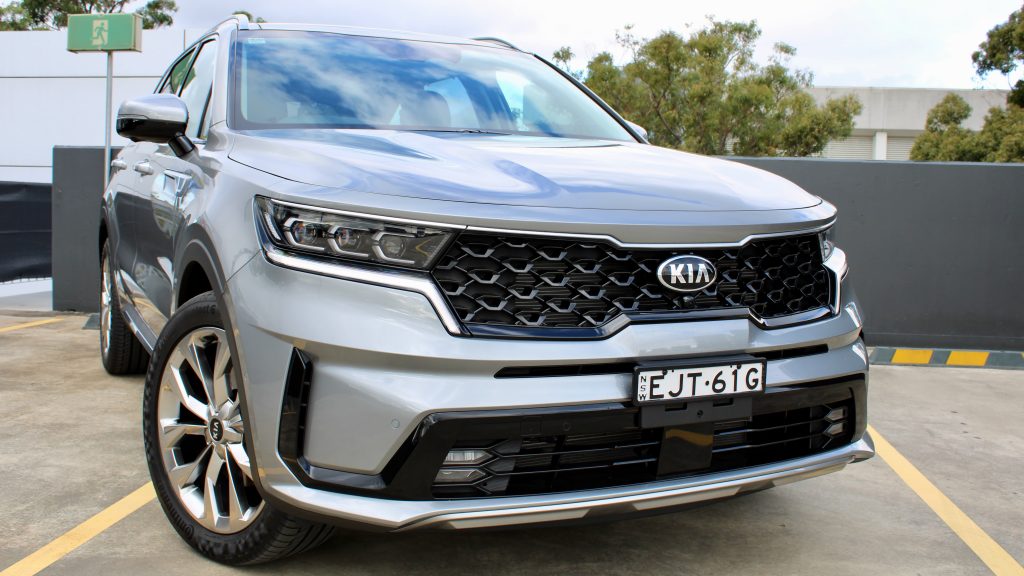
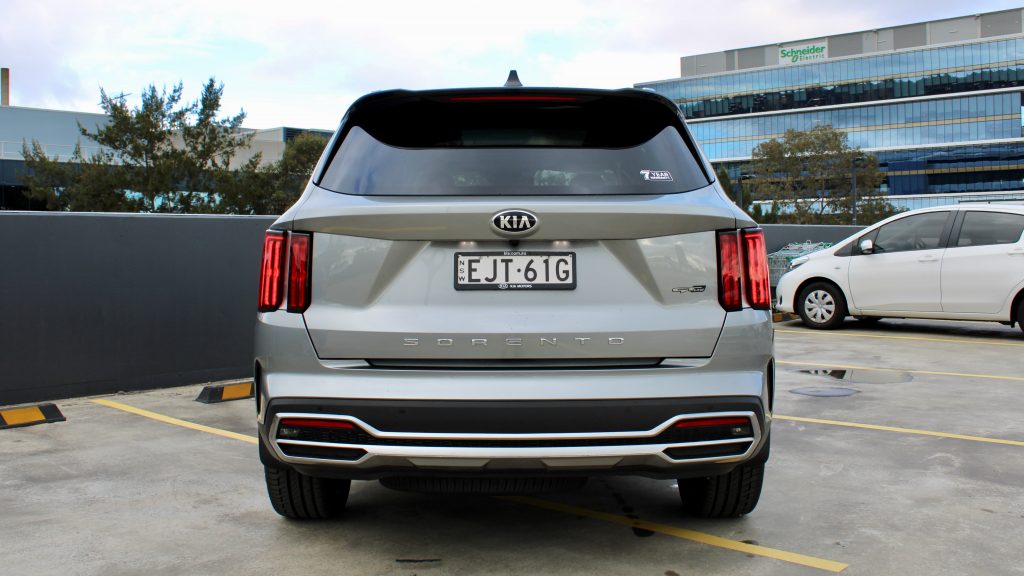
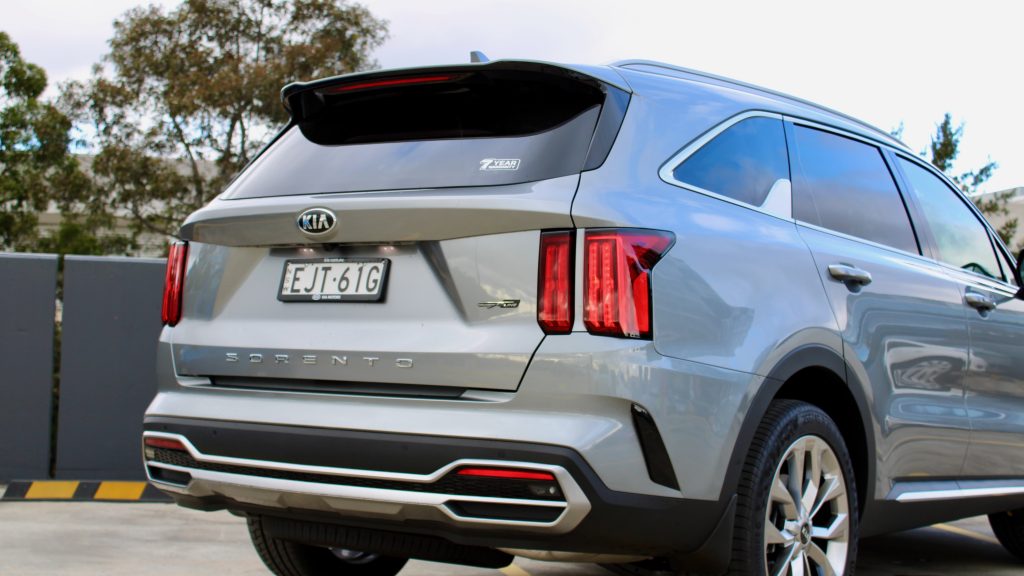
The only option – other than the diesel engine – available on the 2021 Kia Sorento GT-Line is metallic paint. The one standard colour on offer is ‘Clear White’ and all other colours on offer come at a further $695 cost. These colours are ‘Aurora Black’, ‘Gravity Blue’, ‘Mineral Blue’, ‘Silky Silver’, ‘Snow White Pearl’ and our test car’s ‘Steel Grey’.
Performance & Economy: 6.5/10
The standard engine option on the Kia Sorento range is a 200kW/332Nm 3.5-litre V6 petrol engine. The engine powers the front wheels through an eight-speed torque converter automatic transmission. As we mentioned, there is also a diesel engine available: a 148kW/440Nm 2.2-litre turbocharged four-cylinder diesel that drives all four wheels through an eight-speed dual-clutch automatic transmission.
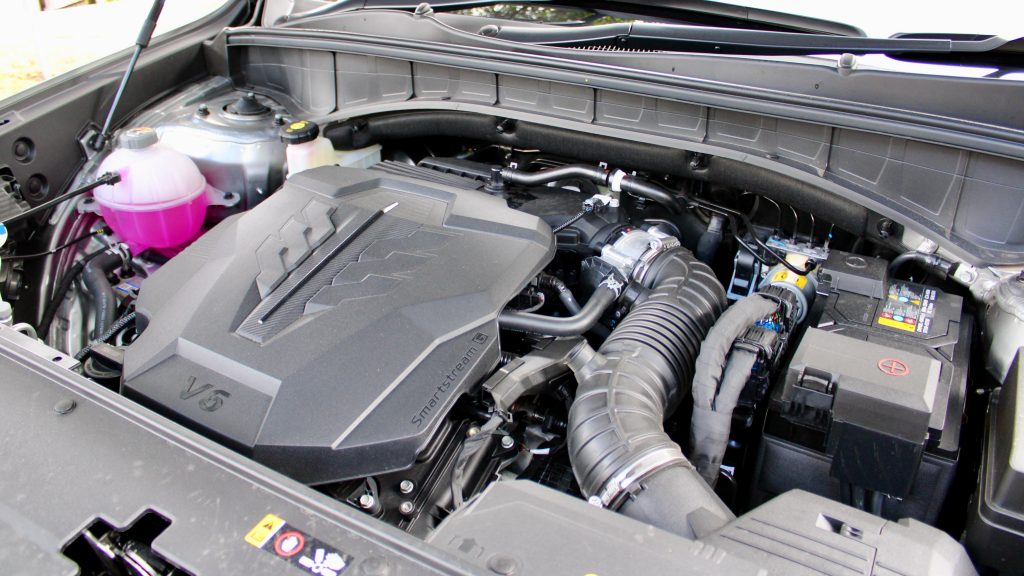
As we said in the Santa Fe, the V6 engine is not that great, it must be said. All this power being sent through the front wheels alone is a little much. Any jab or even the slightest throttle input from standstill spins the tyres and for a large heavy SUV, this is not what you want. Unfortunately, you cannot have the V6 engine with the all-wheel drive system as they are not compatible due to right-hand drive packaging constraints. All-wheel drive is only available on the diesel Sorento.
The engine itself is relatively smooth and once you’re up and moving the power is quite good. It does seem to hold revs for longer than it needs to, which can be a little frustrating. Sport heightens the throttle response, holds gears for even longer and makes the steering a little heavier, comfort calms things down to a manageable level and Eco mode mode will shift the transmission at a lower rpm to conserve fuel.
The 3.5-litre V6 in the Sorento is more powerful than the 170kW/420Nm 2.5-litre turbocharged four-cylinder engine in the Mazda CX-9, which is less powerful but almost 100Nm torquier. The Toyota Kluger’s 3.5-litre V6 is more powerful than the Sorento’s – it makes 218kW of power and 350Nm of torque (18kW and 18Nm more).
The 2021 Kia Sorrento GT-Line V6 has a claimed average fuel consumption of 9.7L/100km, although with our time behind the wheel we saw an average fuel consumption figure of closer to 13L/100km, which was in a mixture of both urban and rural driving. Funnily enough the Hyundai Santa Fe has the same engine and powertrain to the Sorento V6 but has a higher fuel consumption figure of 10.5L/100km. The Mazda CX-9 Azami has a claimed average fuel consumption figure of 8.4L/100km and the Toyota Kluger Grande has a figure of 8.7L/100km. It is also worth noting that the diesel engine in the Sorento reduces the fuel economy to a very reasonable 6.1L/100km.
There is also a clever feature which actually debuted on the 2021 Kia Sorento. On the key fob you can remotely start the car which is also a feature in a lot of other cars although in the Sorento you can also move the car forwards and backwards in a straight line. This helps get the Sorento out of tight parking spots or into a tight garage.
Ride & Handling: 8/10
Kia are very good at tuning their suspension setups to Aussie roads and conditions and the Sorento is no exception. The Kia Sorento has a ride which is on the softer side and offers the right amount of firmness to not offer the floaty disconnected feeling that some SUVs offer. The suspension does wonders at keeping Sydney roads at bay – you barely feel the potholes and speed humps on the road. It is slightly firmer than the suspension on the Hyundai Santa Fe but not by a drastic amount.
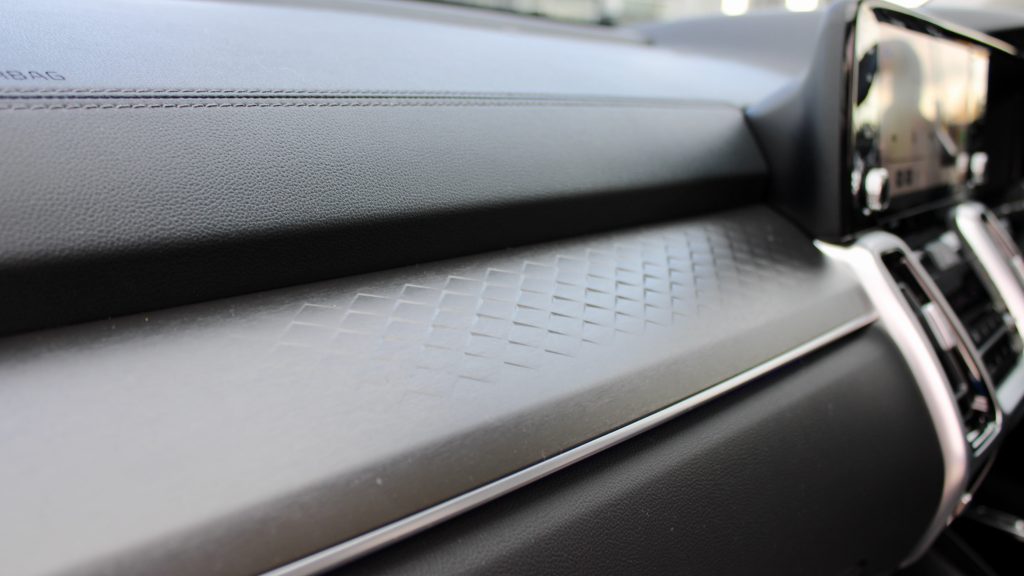
Being a large seven-seat SUV, the centre of gravity is up high, which isn’t good for the handling of the Sorento. With the suspension being on the softer side of things doesn’t help the balance either. However, in saying this the Sorento can actually hold its own around corners – though the all-wheel drive model is definitely more dynamic.
The active safety features in the Sorento work well. Everything works behind the scenes to make driving a safer experience and to protect everyone on board. The only gripe we have which is typical of most Kia/Hyundai products is that the lane departure warning is a little on the sensitive side and makes a quite annoying noise when it activates.
Interior & Practicality: 9/10
To put it simply the interior of the 2021 Kia Sorento GT-Line is the most modern out of any current seven-seat SUV on the market. It has a contemporary design that is quite intuitive in nature and very different to anything else on the market. Another word that can sum up the interior of the Sorento is practical as there is quite a places to store your various trinkets and even huge cup holders.
The materials used in the cabin of the Sorento are rather good. There are plenty of soft touch materials all over the cabin with tasteful leather, aluminium and piano black trim inserts. The Nappa leather is also fantastic quality and is soft, but surprisingly hard wearing. Even all the buttons and toggle switches feel nice to the touch.
Storage throughout the cabin is plentiful. There is a wireless charging station in front of the gear selector dial, a place to put your wallet, two cupholders in the centre console, a place to put the key, a cavernous centre console, the usual glove box, door bins with room for two more bottles and a further four cupholders in the second row. The only thing the Sorento lacks as far as storage is concerned is a sunglasses holder, which is unfortunately taken up by the sunroof controls.
The seats in the 2021 Kia Sorento GT-Line are very comfortable and also offer great support, which helps on longer journeys. The Sorento is a car you can just get in and drive for hours without getting tired or sore as the seats are truly excellent. The dash design is also very interesting with the touch sensitive controls and toggle style switches for the air conditioning.
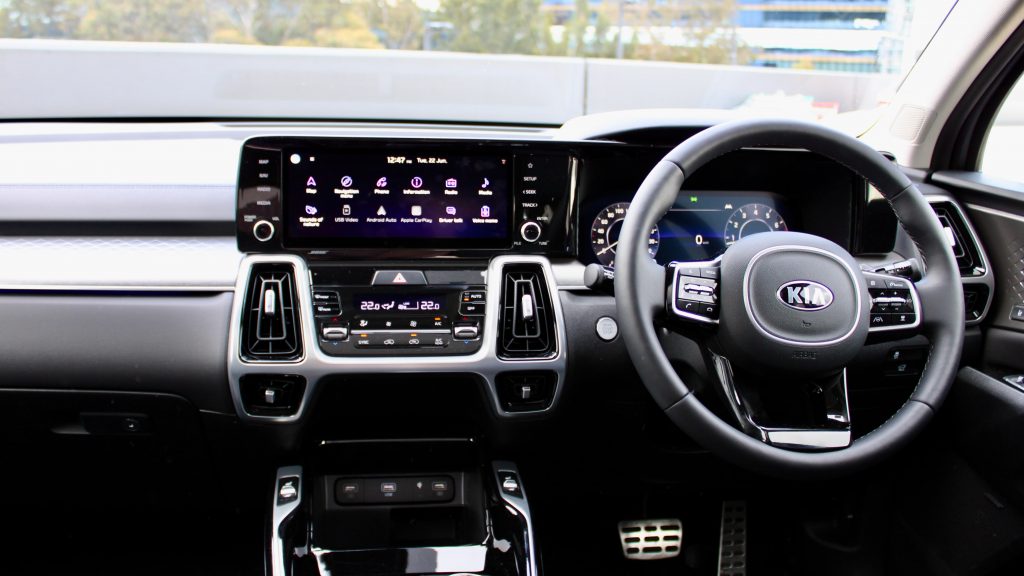
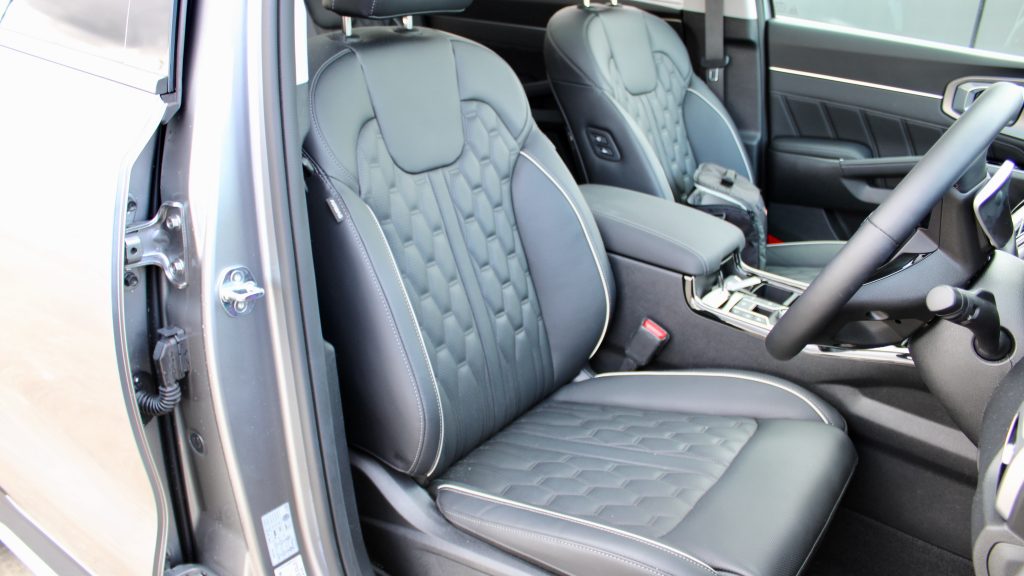
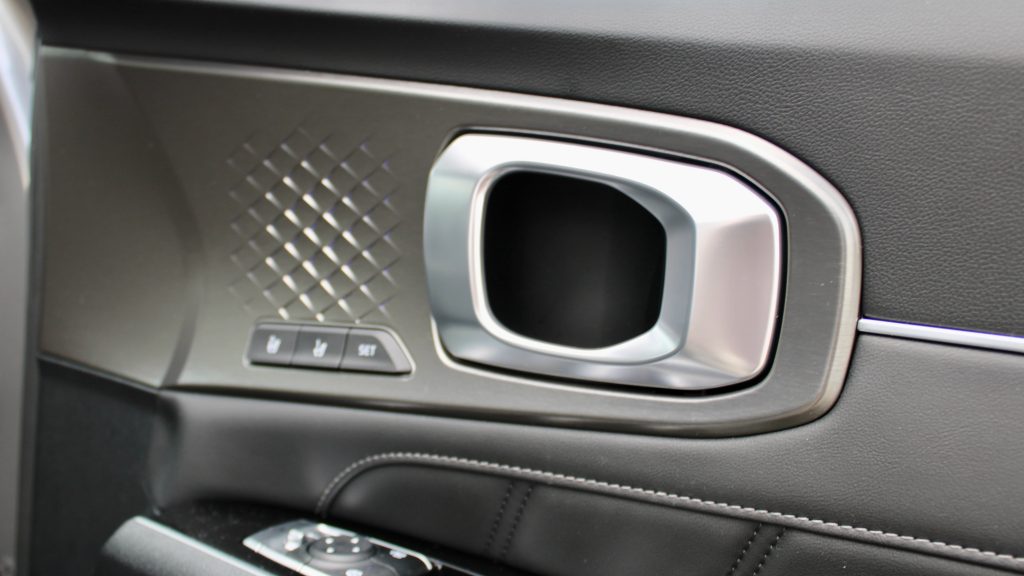
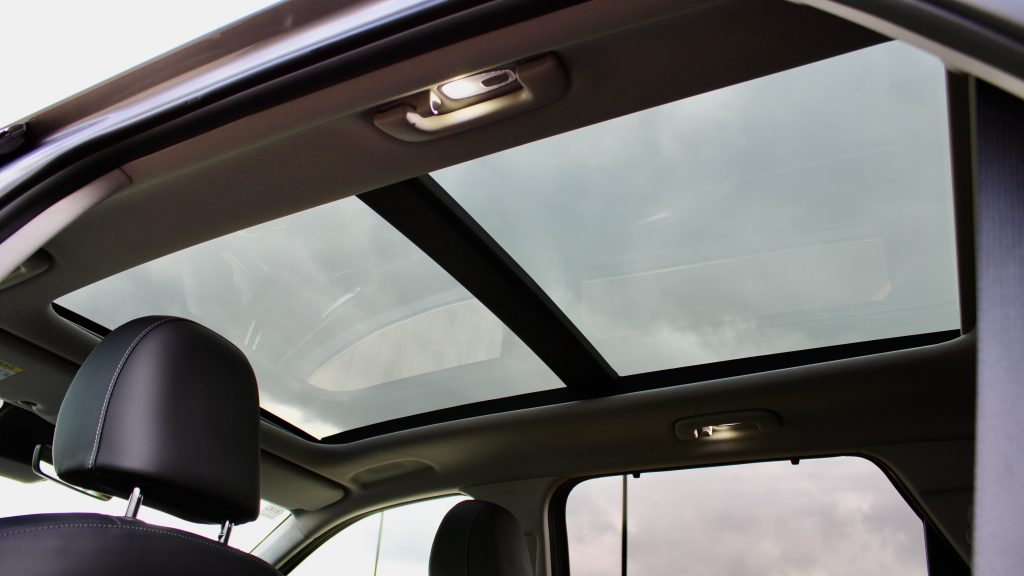
The 10.25-inch touchscreen is excellent. The satellite navigation is quite easy to set but it is easier to just connect Apple CarPlay or Android Auto and set maps on your phone. The screen quality is great and there is excellent colour, the 360-degree camera also fills the screen well and makes it easy to see what is around the Sorento. The 12.3-inch digital display is also good and quite configurable, it changes the dial design depending on the drive mode you’re in though you can’t put maps in there.
The second row offers great leg, knee, shoulder and head room for most passengers. There is also a plethora of rear amenities including rear outboard heated seats, air vents, cupholders, a centre armrest and rear USB-A charging ports. Even in the third row there are air vents, cup holders and charging ports.
Well with all seating rows in place, there is 187-litres of boot space – folding the third row opens this up to 616L and folding the second row down increases the cargo capacity to 2,011L. The Mazda CX-9 is slightly larger in dimensions than the Sorento and it is seen in the cargo space as the CX-9 can take 210-litres behind the third row, 840-litres with the third row folded and 2,016-litres with all seats folded.
Service & Warranty: 8/10
Like all other Kia’s the 2021 Kia Sorento GT-Line comes with the brand’s seven-year/unlimited kilometre warranty, which is best in class. The Mazda CX-9, Toyota Kluger and Hyundai Santa Fe all come with a lesser five-year/unlimited kilometre warranty. The Toyota however does come with a further two years worth of warranty on the engine if serviced at a Toyota dealership. The Sorento comes with 12 months of roadside assist that is extended by a further 12-months at every scheduled service for up to eight years. This is the same for the Hyundai Santa Fe but only for up to five years. The Mazda CX-9 comes with five years from purchase and Toyota does not offer any form of roadside assistance for any of its vehicles.
Servicing the 2021 Kia Sorento GT-Line V6 comes around every 12 months or 15,000km, which is on par with the Toyota Kluger and Hyundai Santa Fe V6 and 5,000km longer than the CX-9. The price of servicing the Sorento V6 over the span of five-years or 75,000km is $2,388 ($477.60 per service). Compare this to the $1,995 that the Hyundai Santa Fe V6 costs to service over the same period ($399 per service) and the cheap $1,250 it costs to service the Toyota Kluger V6 in the same period ($250 per service). The Mazda CX-9 will set buyers back $1,910 ($382 per service) – though that’s 25,000km less than the Sorento, and up to 70,00km costs $2,319.
2021 Kia Sorento GT-Line V6 DiscoverAuto Rating: 8.1/10
The 2021 Kia Sorento GT-Line V6 is a truly great car. It offers style and class to a rather sedate part of the new car market. The interior offers great functionality while looking and feeling great, the exterior design is modern, there is a great warranty backing it and compared to its rivals, it looks like great value for money. There is really not much that the Kia Sorento doesn’t come with.
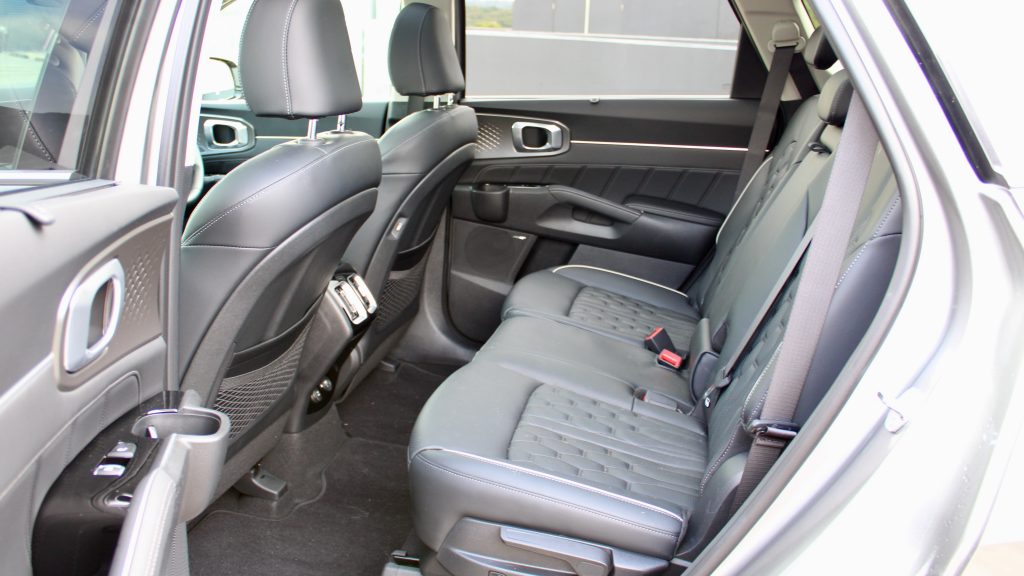
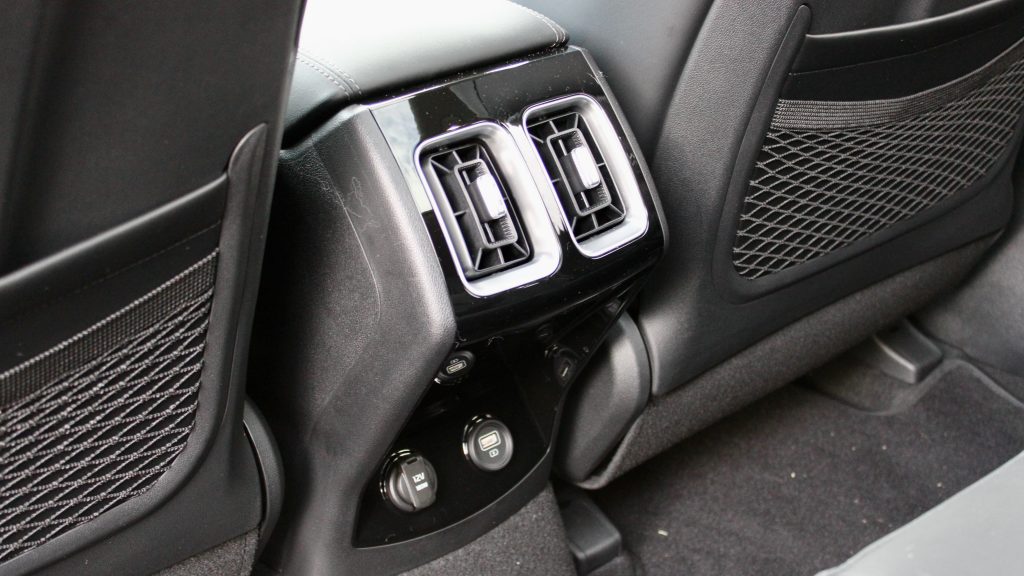
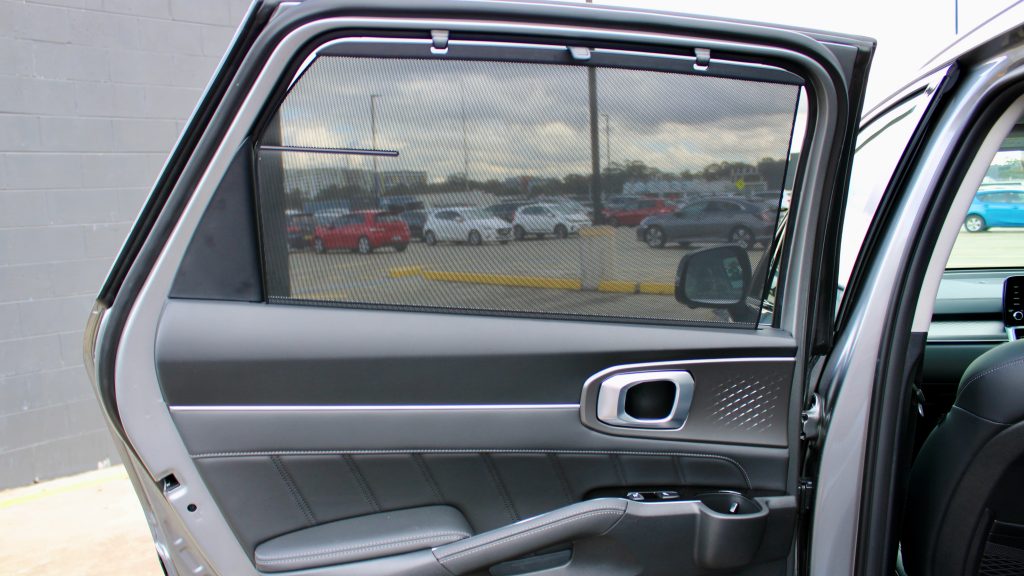
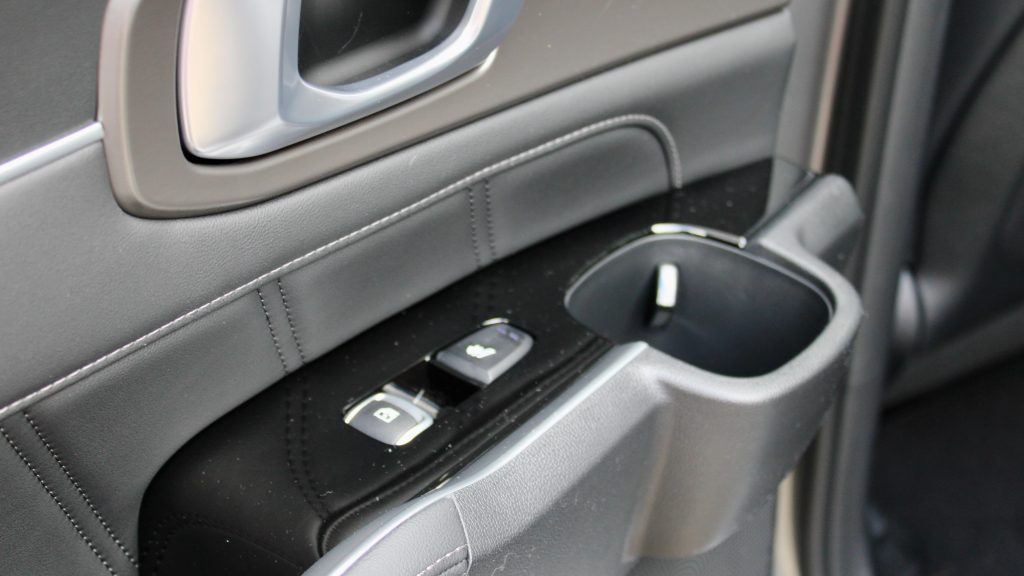
In saying this, we definitely wouldn’t go for the petrol V6 option – the far superior 2.2-litre turbo diesel engine has an almost perfect all-round package. The V6 is too twitchy, too thirsty and too unrefined for the Sorento. We also think of the seven-seat SUVs currently on the market the 2021 Kia Sorento GT-Line is definitely the one to pick. It combines all the best parts of each rival into one truly great SUV.
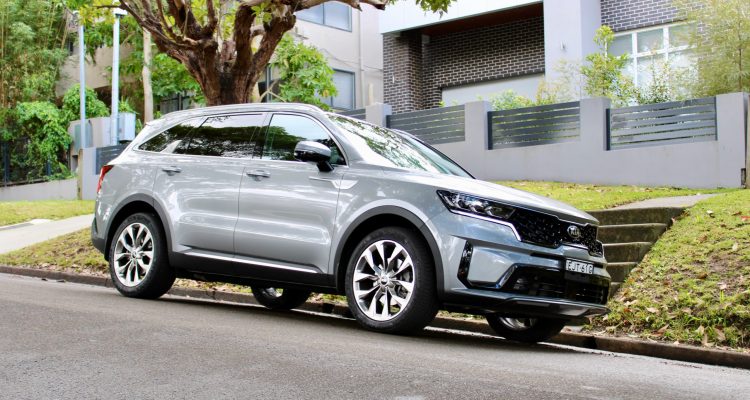
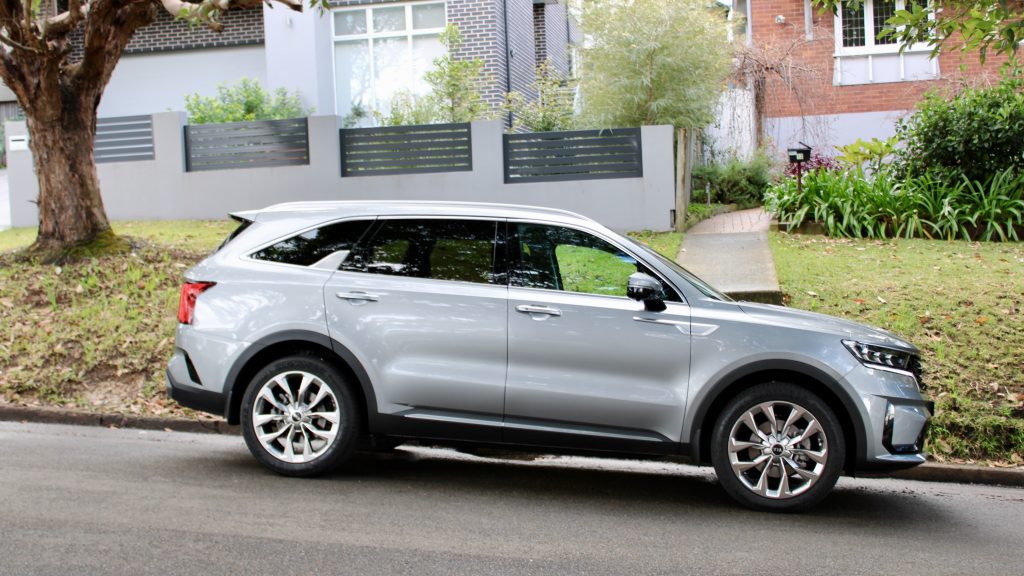
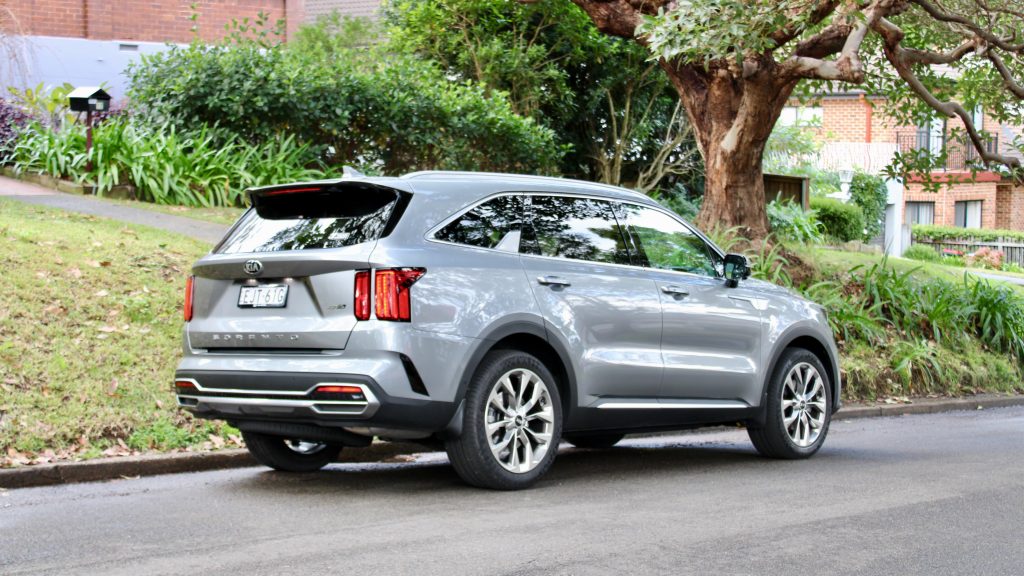
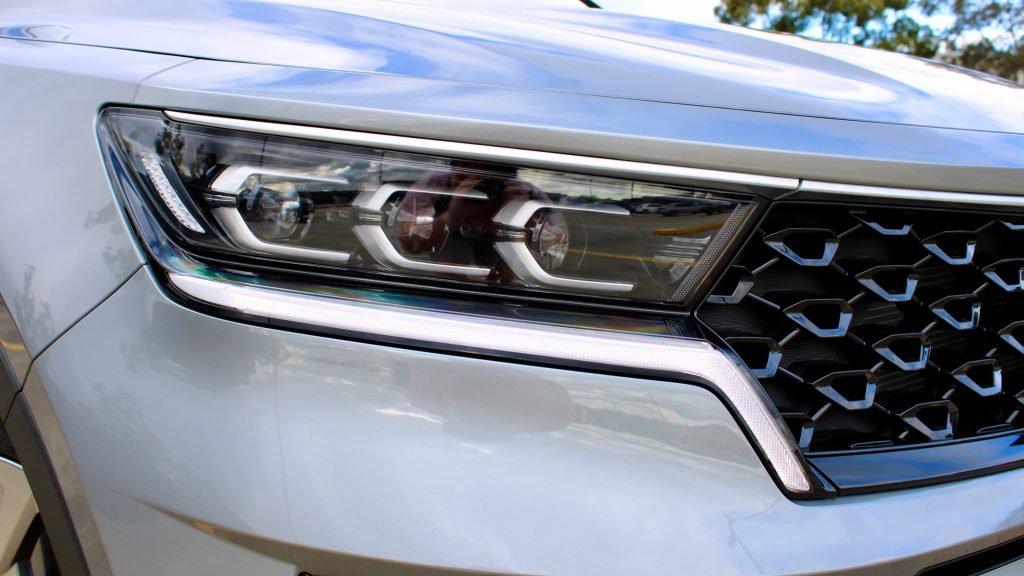
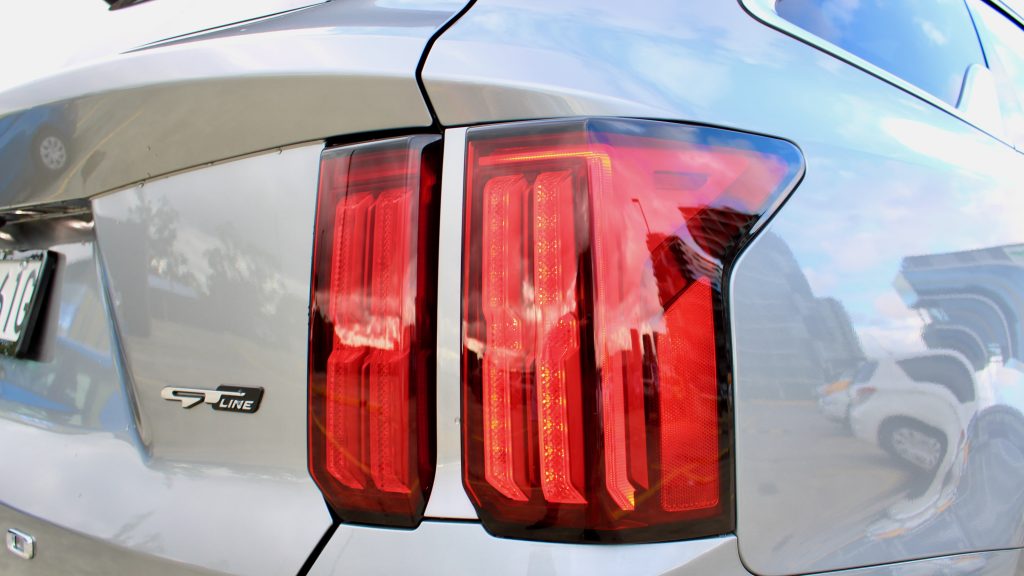
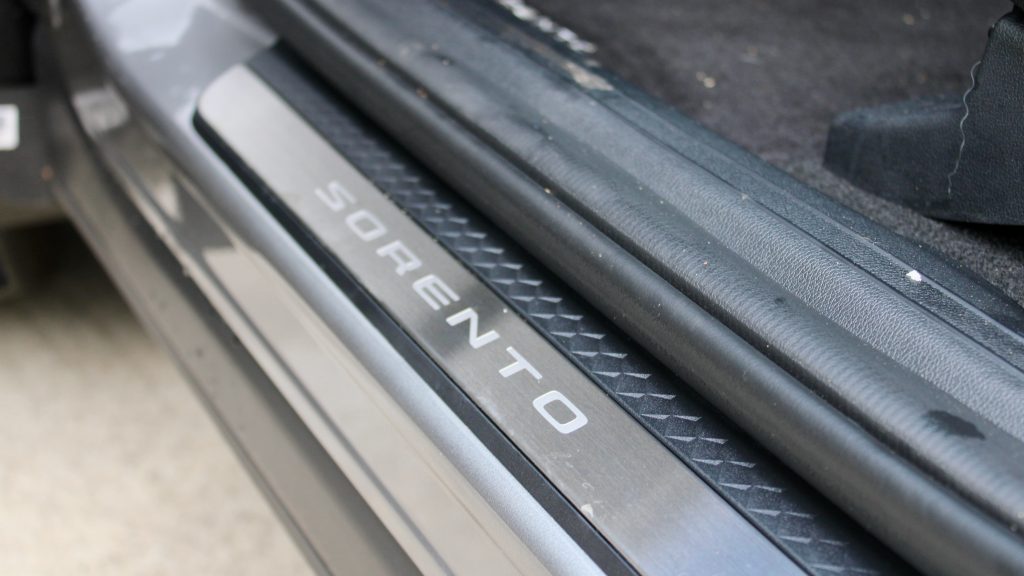
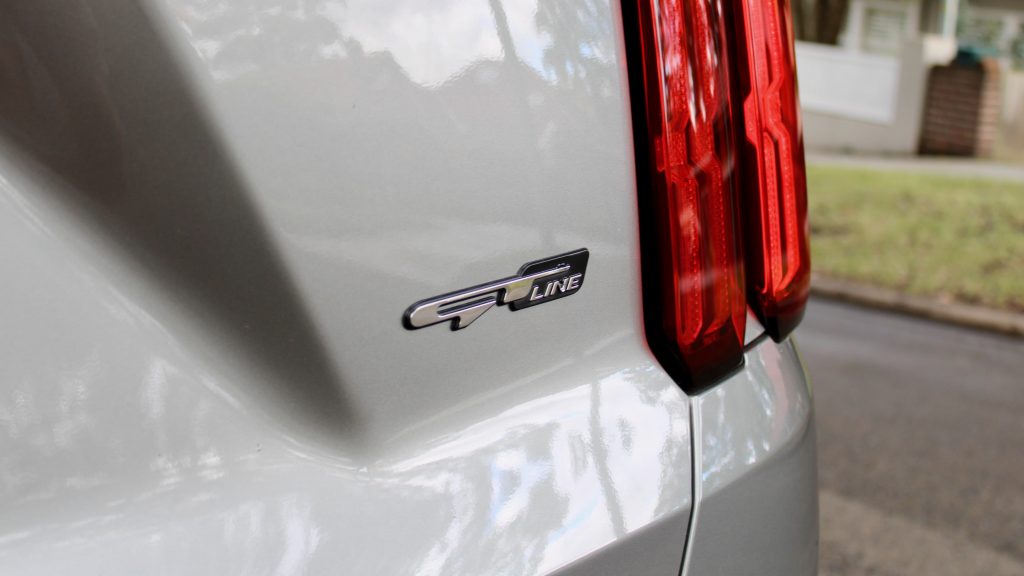
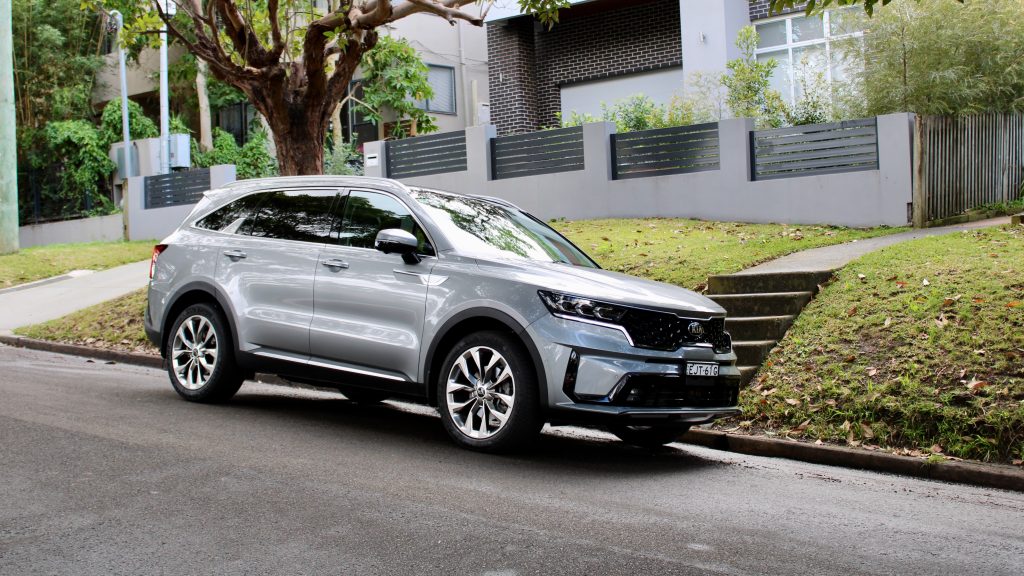
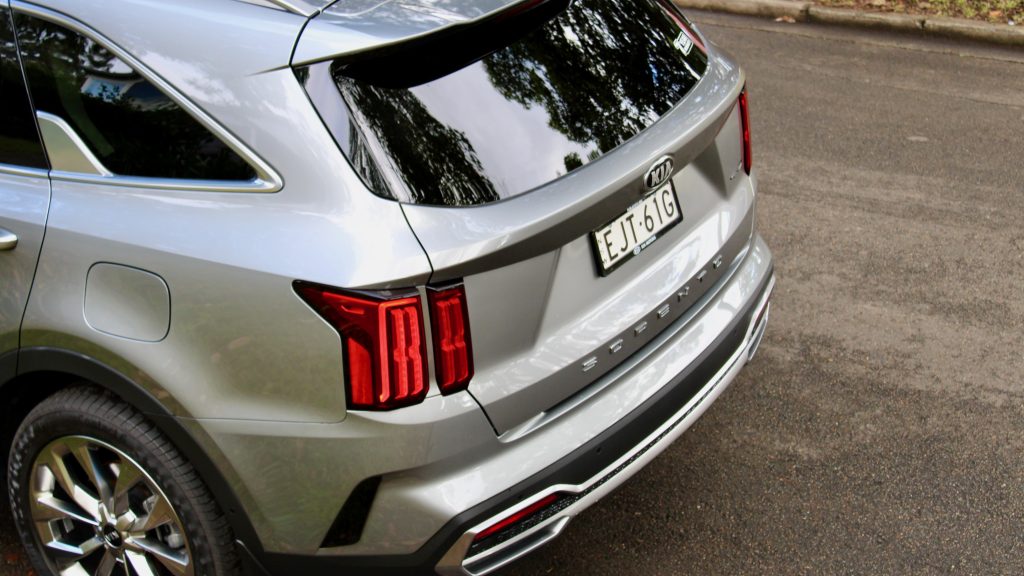
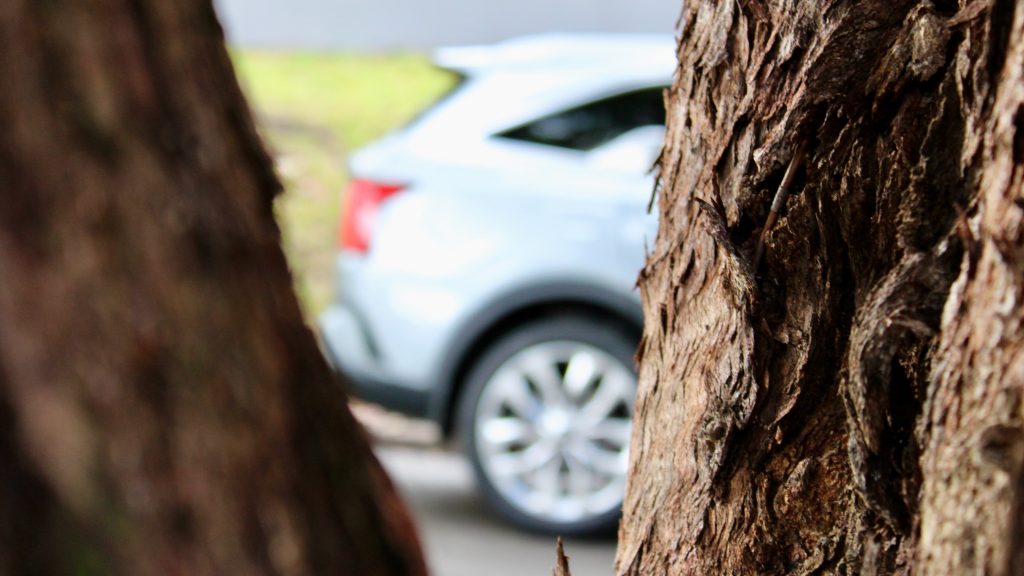
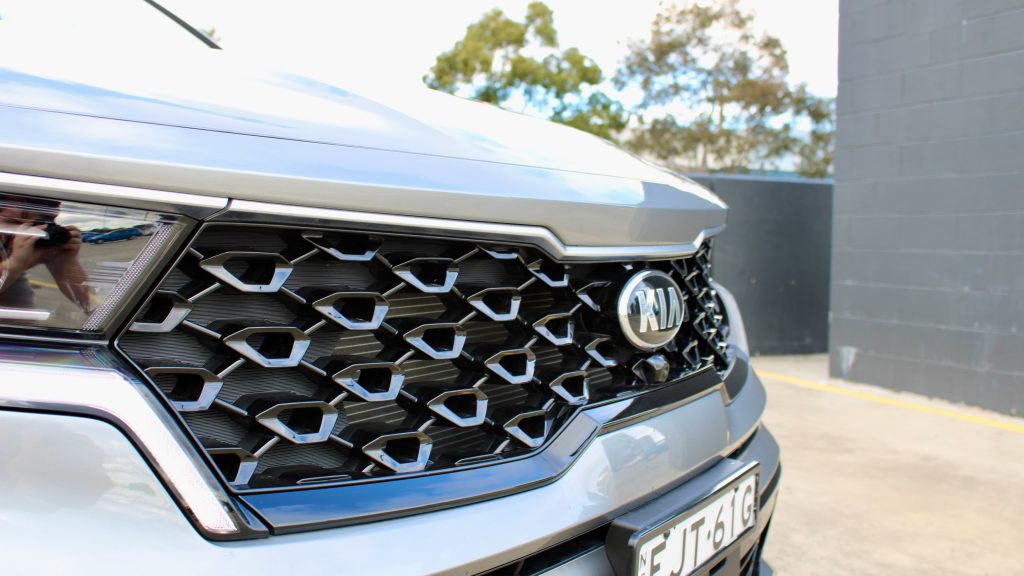
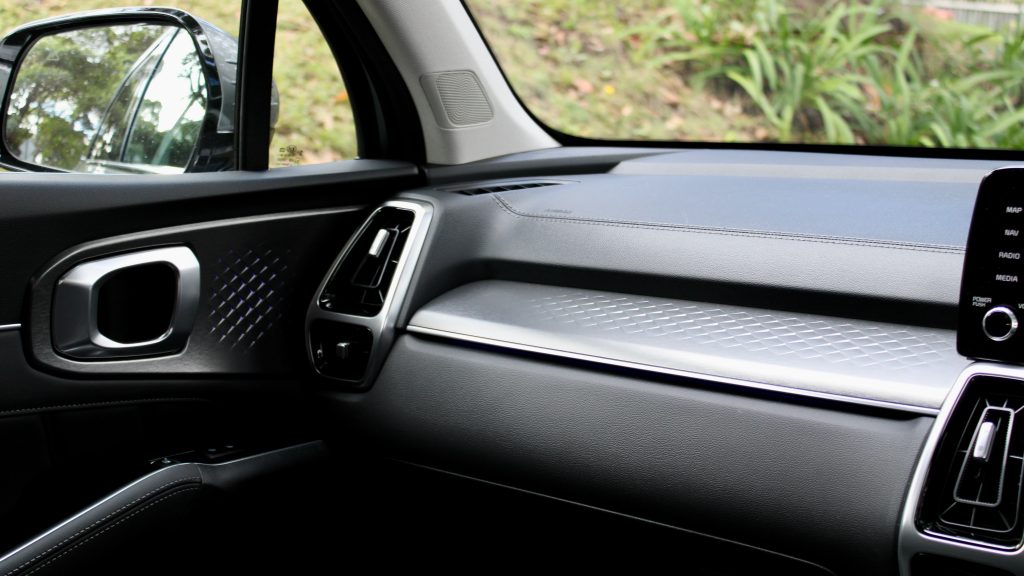
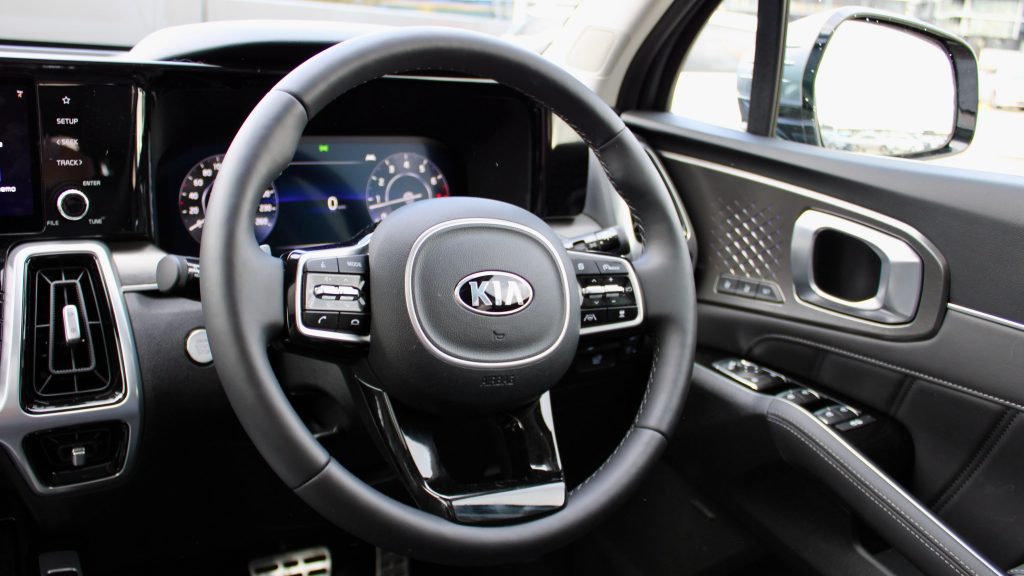
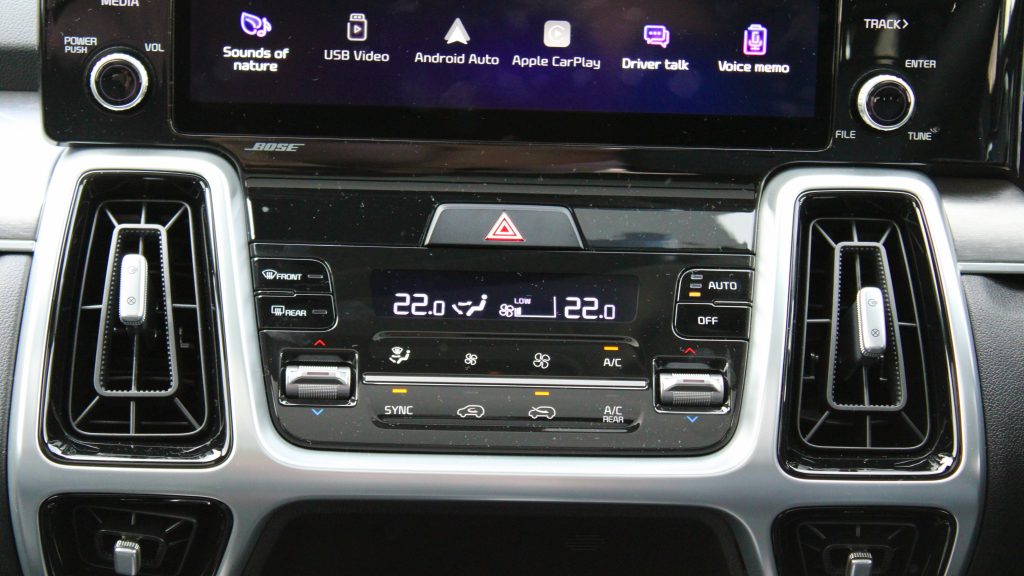
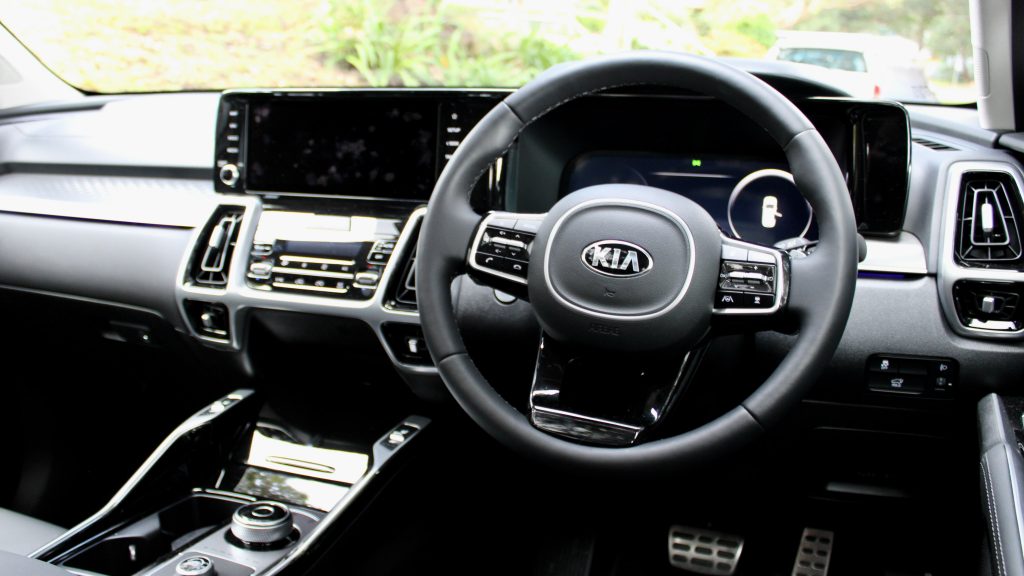
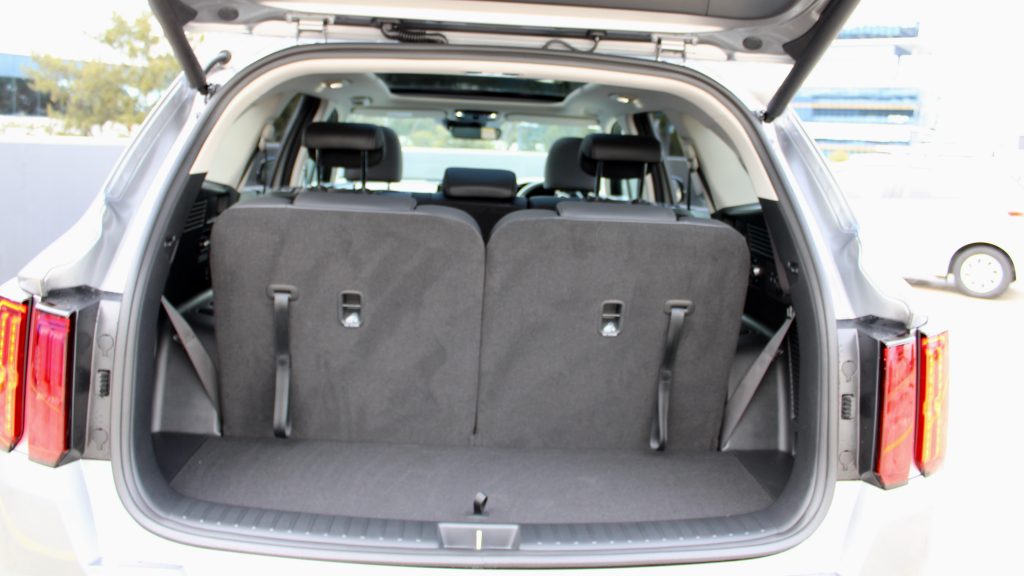
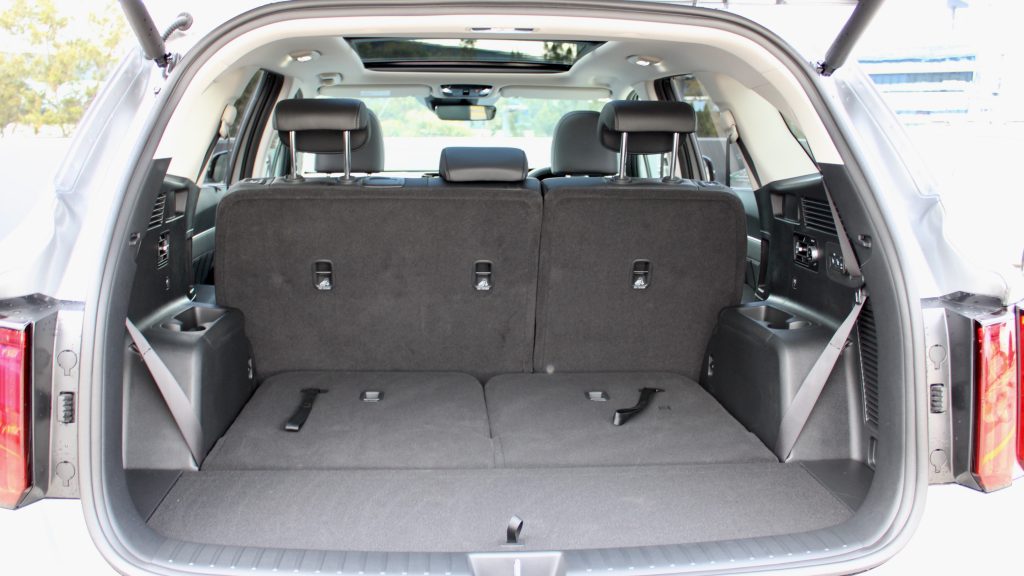
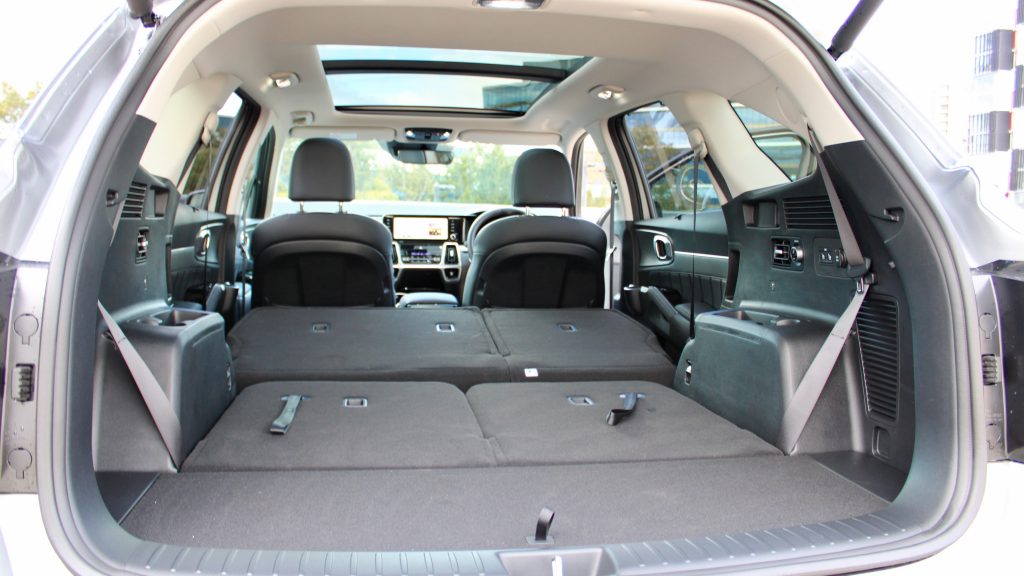
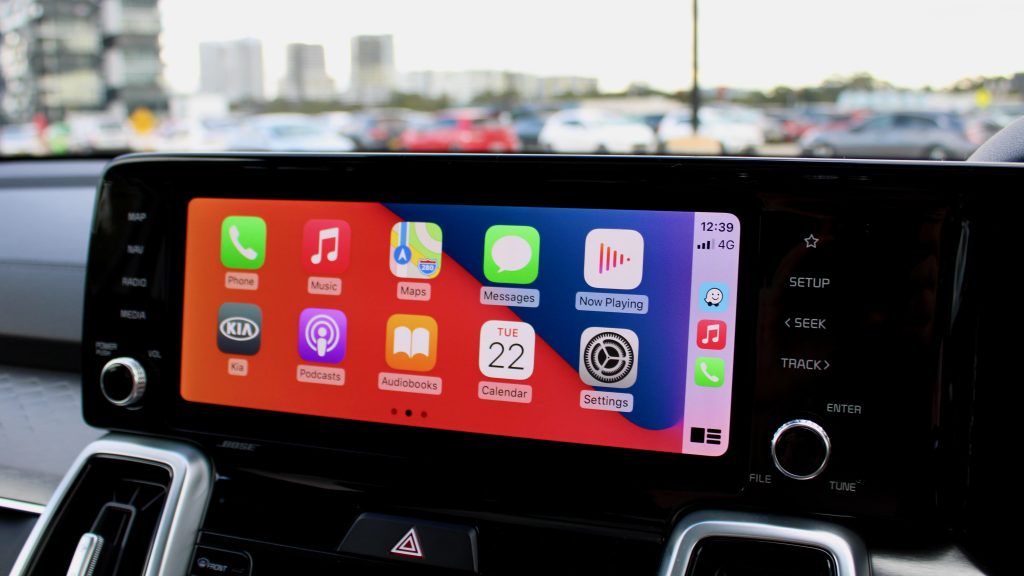
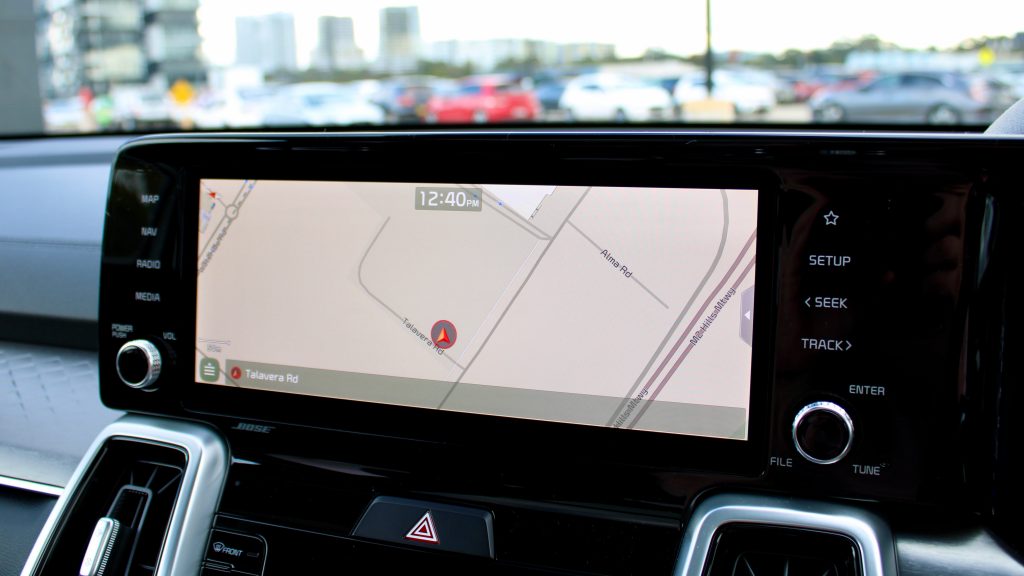
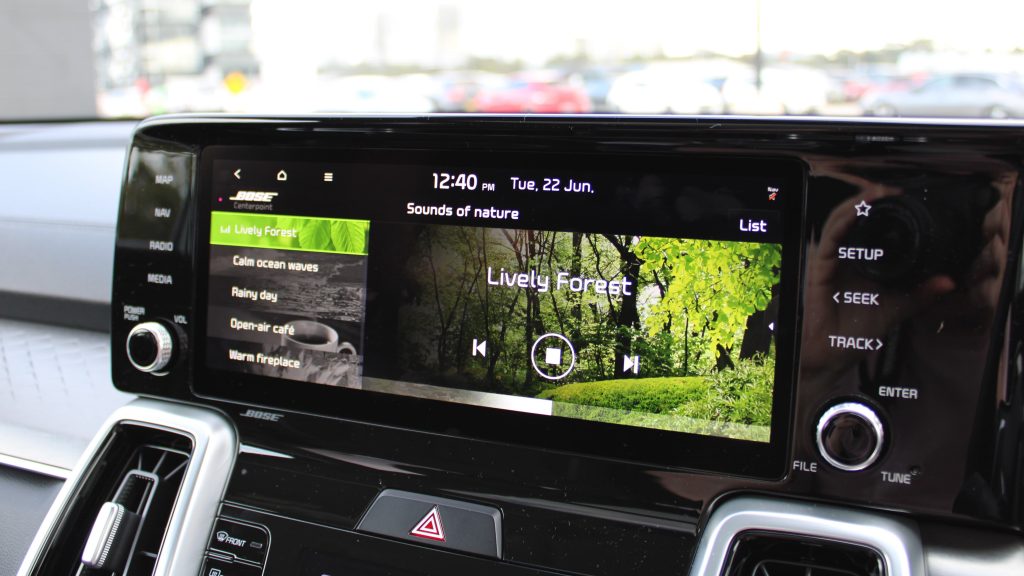
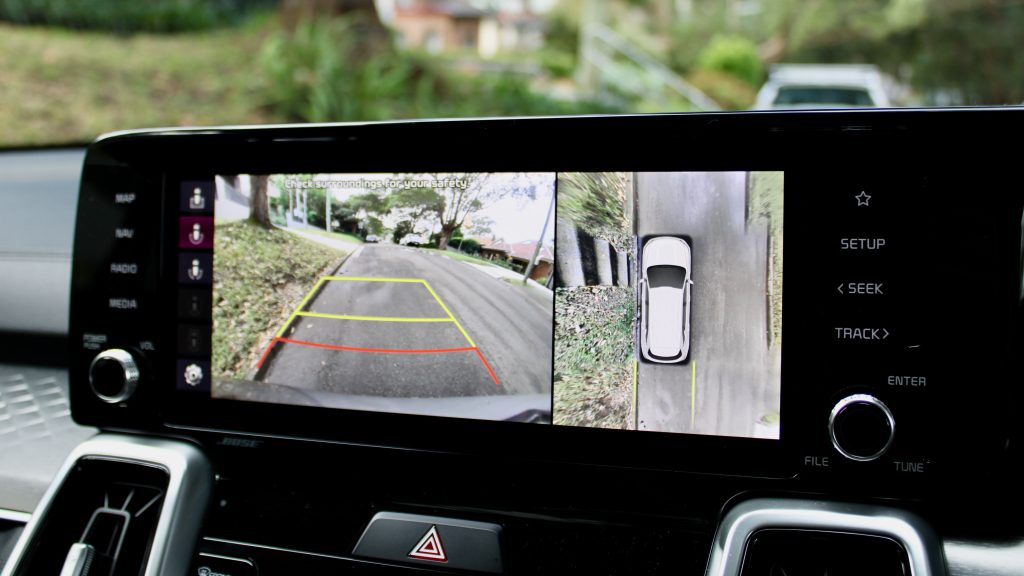
I’m really looking forward to the 2021 Kia Sorento GT-Line V6 2WD Review. I love the look of the car and I’m sure it will be a great ride.